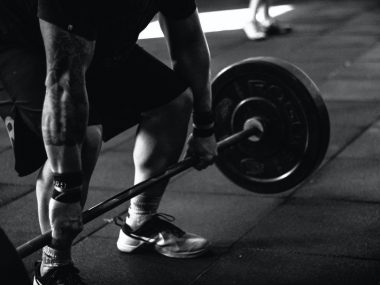Briskly walking over a long distance can be a great cardiovascular workout (more so than most people think). The health benefits are the same as running/jogging, but less stress is placed on the legs and joints.
 Body Part and Muscle Group
Body Part and Muscle Group
Walking is considered a whole body exercise with all the major muscles being used.
 Joint Actions
Joint Actions
Walking requires the body to perform many low impact joint movements depending on the speed you walk at.
Instructions
- Carefully step onto the treadmill avoiding the belt while holding onto the handrails.
- When both feet are either side of the belt work your way up to the control panel, still avoiding the belt and holding onto the handrails.
- Attach the emergency clip to your clothing.
- Press Quick Start and the belt will begin to move (make sure you are clear of the belt).
- When your ready step on to the belt with your heel down and start to walk.
- When comfortable let go of the handrails and swing your arms in an opposite arm to leg action.
- Continue to walk in a smooth continuous movement.
- To stop press the Stop button and slow your walk down as the belt slows.
- Position your feet either side of the belt and hold onto the handrails.
- Un-clip the emergency stop.
- Dismount the treadmill by walking to the end and stepping off.
Progression: Increase the speed of your walking, walk for a longer time period or increase the incline on the treadmill.
Alternative: Cross-Trainer
Walking
Walking is a simple form of exercise that can make a lot of difference. By including walking in a new exercise workout you can start to build up your fitness levels and progress on to jogging and then running. Walking can be done indoors on a treadmill or outdoors, walking can easily be included in a daily routine, rather than take the bus or drive to the local shows you could walk or get of a stop early and finish the rest of the journey on foot.


